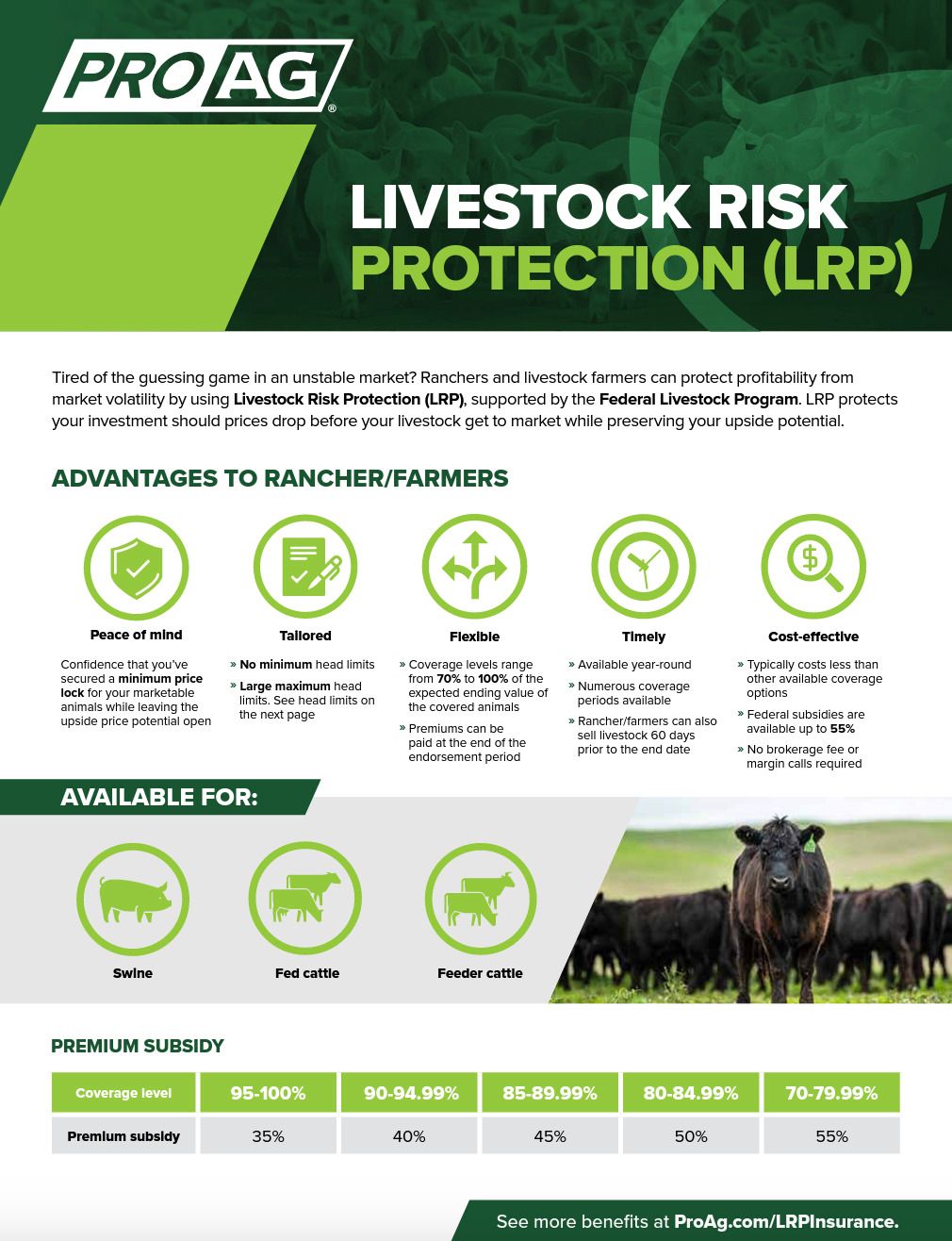The Only Guide for Bagley Risk Management
The Only Guide for Bagley Risk Management
Blog Article
Specialist Assistance on Danger Analysis and LRP Insurance Policy Solutions

The Relevance of Risk Assessment
Reliable threat analysis is basic in the decision-making procedure of any type of company, assisting calculated preparation and source allotment. By methodically identifying, assessing, and focusing on possible dangers, businesses can anticipate challenges, profit from opportunities, and make educated options to achieve their purposes. Risk analysis allows companies to proactively address susceptabilities, minimize threats, and maximize their threat monitoring techniques.
One of the vital benefits of danger analysis is its role in improving operational efficiency. By recognizing the prospective risks that might affect numerous aspects of the business, organizations can simplify procedures, allocate resources much more successfully, and decrease the likelihood of expensive interruptions. In addition, danger evaluation enables firms to comply with regulatory needs, secure their credibility, and construct depend on with stakeholders.
Comprehending Potential Losses
To comprehend the effect of danger assessment, it is crucial to comprehend the prospective losses that can considerably impact an organization's operations and financial security. Prospective losses can arise from various sources, including natural catastrophes, economic recessions, functional failures, governing changes, and cybersecurity breaches. These losses can result in straight expenses such as residential property damages, lawful expenses, and penalties, along with indirect expenses like reputational damage and loss of market share.
Comprehending possible losses involves performing a complete analysis of the risks that could appear and approximating the financial impact they might have on the company. By evaluating these potential losses, companies can focus on risk reduction initiatives and designate sources successfully. A detailed understanding of potential losses makes it possible for organizations to make educated choices when choosing danger monitoring methods, such as purchasing insurance coverage or carrying out danger control procedures.
In significance, by identifying and understanding prospective losses, companies can proactively manage dangers and guard their long-lasting sustainability and success.
Function of LRP Insurance Solutions
The combination of LRP insurance policy services within an organization's danger administration structure boosts strength and strengthens monetary stability versus unpredicted difficulties. LRP, or Loss Recovery Product, insurance options play a critical role in alleviating the impact of potential losses by providing financial protection and support in times of crisis. These insurance policy remedies are customized to fulfill the details demands of services, offering insurance coverage for various threats such as home damage, organization interruption, obligation cases, and much more.
By moving the financial threat to an insurance service provider, businesses can concentrate on their index core procedures with greater peace of mind, understanding that they are shielded versus substantial economic losses. Additionally, LRP insurance options can enhance a company's threat management strategy by supplementing existing threat mitigation measures and ensuring detailed protection across all locations of potential susceptability.
Identifying Trick Threats
In the procedure of danger assessment, a crucial step includes recognizing essential threats that have the potential to influence a company's operations and monetary security. Identifying essential threats calls for a detailed analysis of external and internal aspects that could pose risks to the organization's purposes. Internal threats may include operational inadequacies, compliance issues, or human resource obstacles, while outside risks might incorporate financial declines, regulatory adjustments, or natural catastrophes.

Furthermore, crucial dangers must be routinely reviewed and upgraded to align with the vibrant company atmosphere. This proactive method enables organizations to stay in advance of potential risks and protect their lasting success.
Choosing the Right Protection
Having recognized the key threats that might impact an organization's operations and monetary stability, the next vital action entails carefully navigate to these guys choosing the right insurance coverage to efficiently manage and mitigate these threats. Companies need to consider their specific danger exposure, monetary capabilities, and strategic purposes when it comes to picking the right coverage. It is necessary to perform a thorough evaluation of the readily available insurance policy choices to guarantee that the picked protection aligns with the company's threat administration objectives.

Organizations should function carefully with seasoned insurance coverage professionals to assess their risk profiles and determine the most appropriate insurance products to address their needs. Tailoring insurance protection to particular risks can assist maximize defense see this website while minimizing unnecessary expenses. Furthermore, companies ought to evaluate policy terms and conditions in detail to comprehend the degree of protection provided and any kind of prospective exclusions that may influence their danger mitigation approaches.
Final Thought
In conclusion, danger assessment is important in determining potential losses and selecting the ideal LRP insurance policy solutions. By recognizing key threats, businesses can alleviate economic impacts and secure their possessions. It is necessary to carefully evaluate and examine dangers to ensure ideal protection is in location. Professional support can help browse the intricacies of danger analysis and insurance coverage options, supplying services with the essential tools to effectively take care of and reduce dangers.
Expert advice plays a critical role in this procedure, offering important insights right into identifying and evaluating threats, as well as purposefully selecting suitable insurance policy coverage tailored to minimize those threats properly. An extensive understanding of prospective losses makes it possible for companies to make educated choices when choosing risk management approaches, such as purchasing insurance policy coverage or carrying out threat control measures.

Report this page